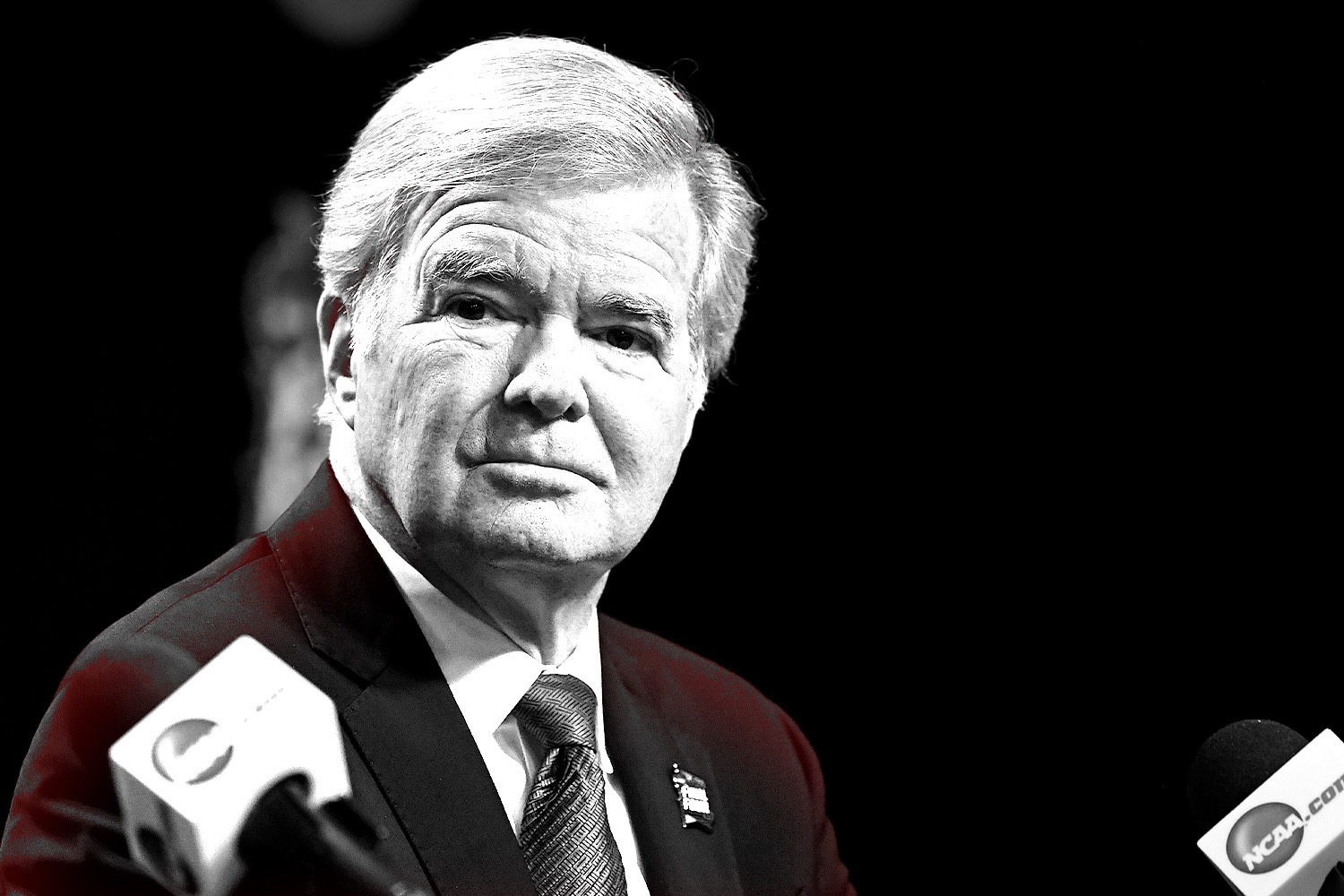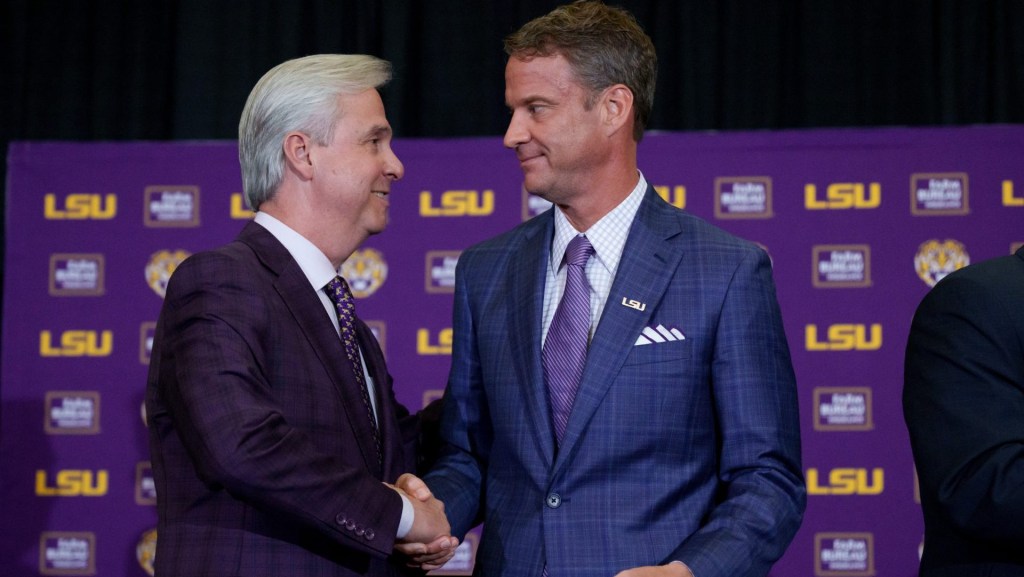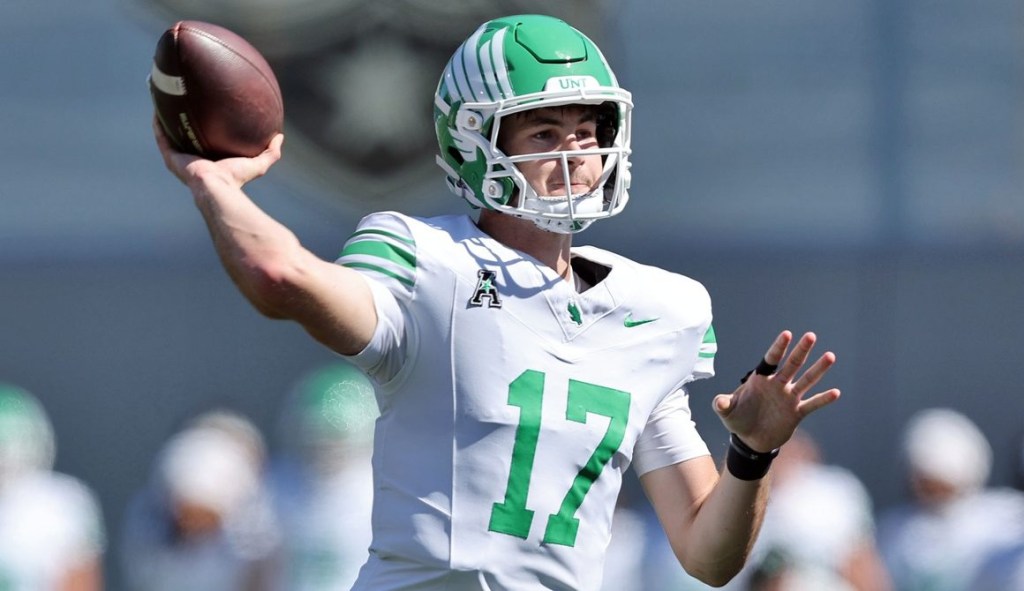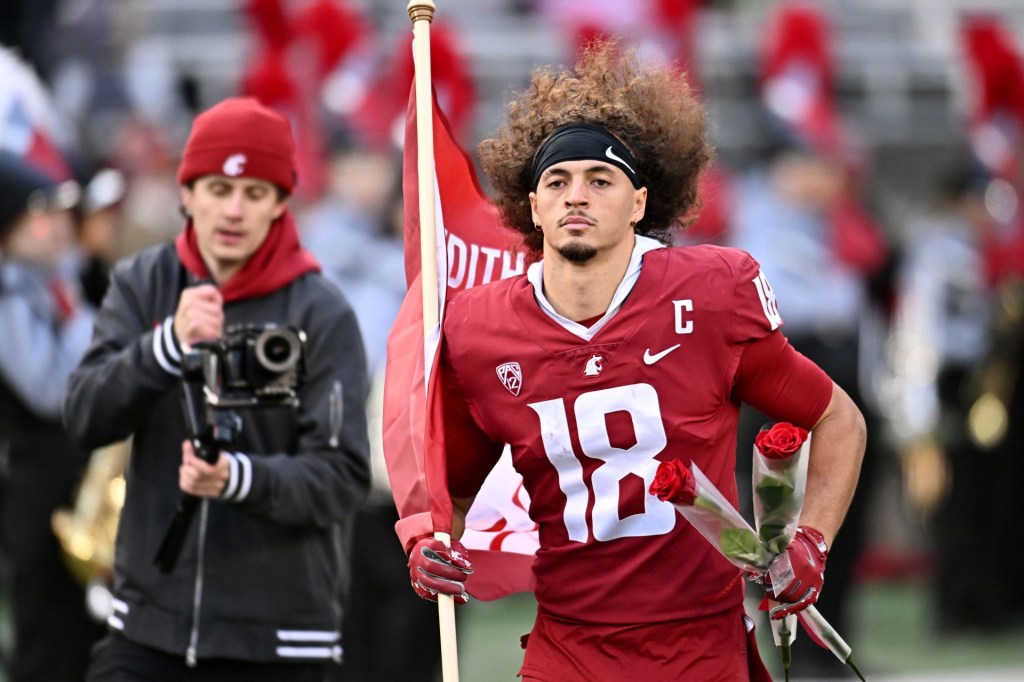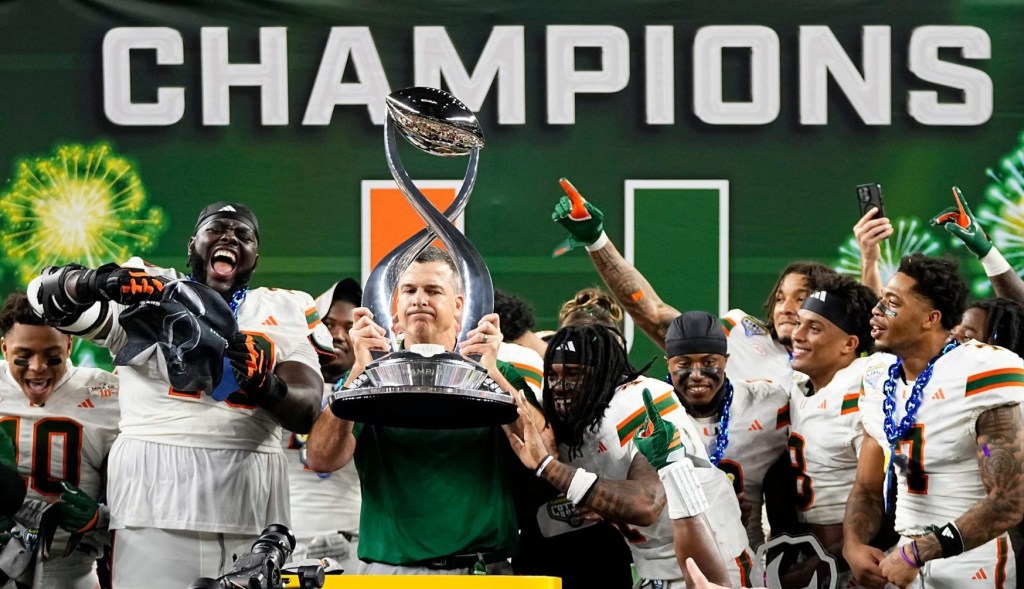On Wednesday, the NCAA announced a detailed timeline for its Constitutional Convention — aimed at determining the governing body’s future role in college sports.
A 28-person Constitution Committee has been meeting since Aug. 17 to define priorities. But “as the committee began its work, it became clear that there was more to be done outside of their charge to implement the transformational changes that are needed to improve the Association,” Board of Governors chair Jack DeGioia and NCAA President Mark Emmert wrote in a letter to members.
Here’s what they came up with:
- The convention will take place on Nov. 15, where Divisions I, II, and III will all discuss the first round of findings put together by the Constitution Committee.
- After two more rounds of feedback, members will vote on the new constitution at the 2022 NCAA Convention on Jan. 20.
- Each division will then be tasked with rewriting its own rules, which must go into effect on Aug. 1, 2022.
The NCAA claims it’s committed to reform — but timing and the Constitution Committee’s makeup have raised eyebrows.
The Convention was organized after the Alston decision, which found that the NCAA’s pattern of placing strict rules on athlete compensation is, at the very least, subject to future legal scrutiny. At worst, it’s “flatly illegal.” The convention is likely an attempt to mitigate legal concerns.
The NCAA also did not include many of the professors, lawyers, and activists who have proposed plans to reform the organization.
Every single one of the committee’s members are current or former NCAA, school, or conference officials. There are no current Division I athletes represented.
